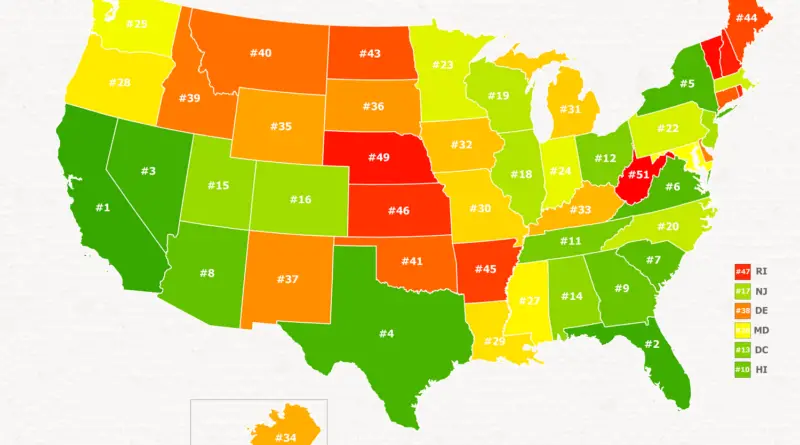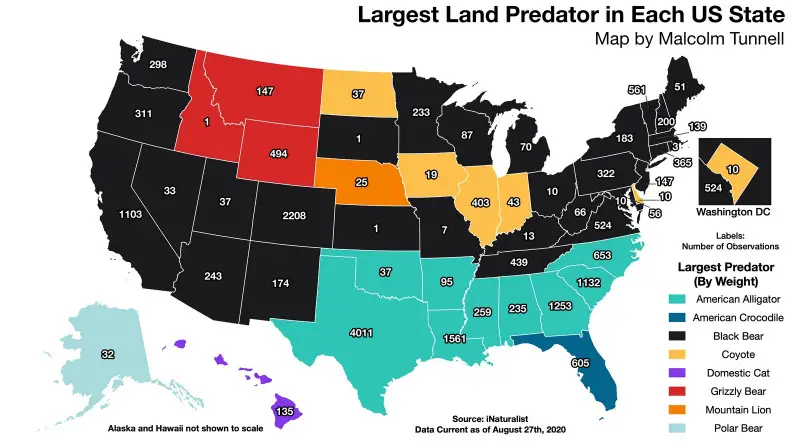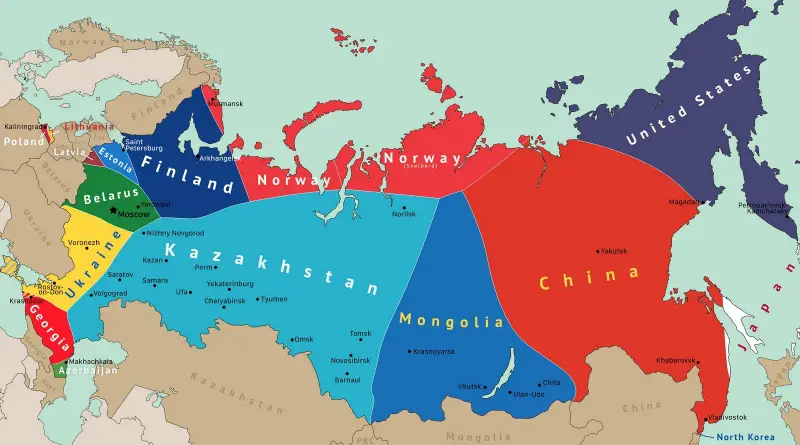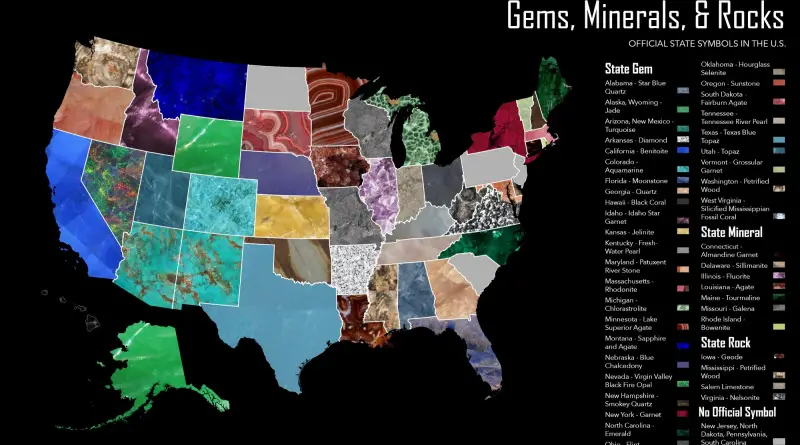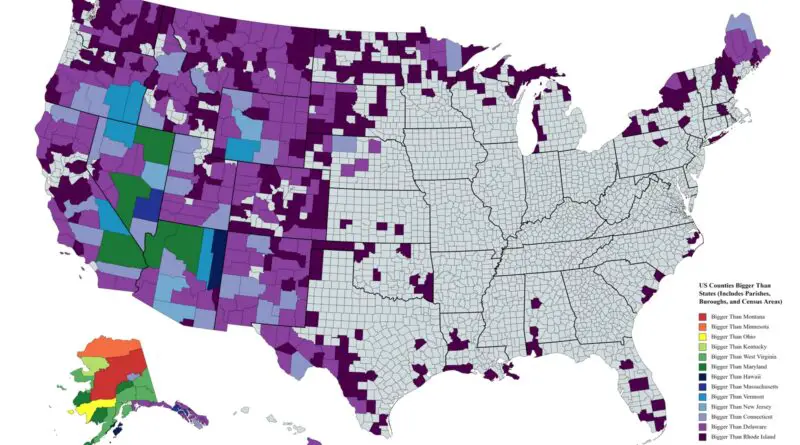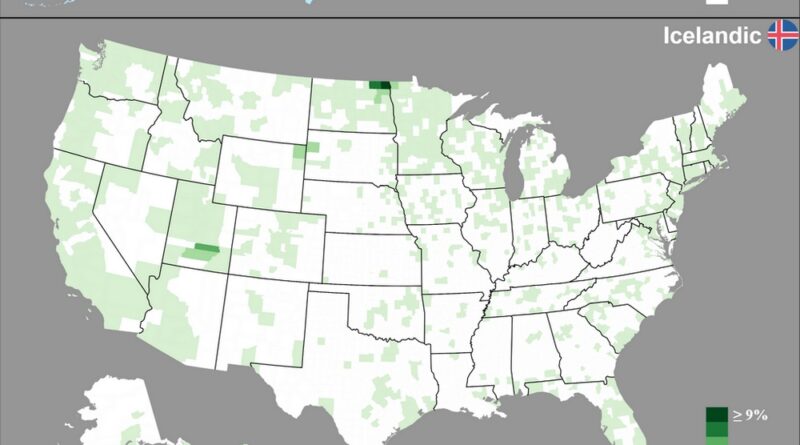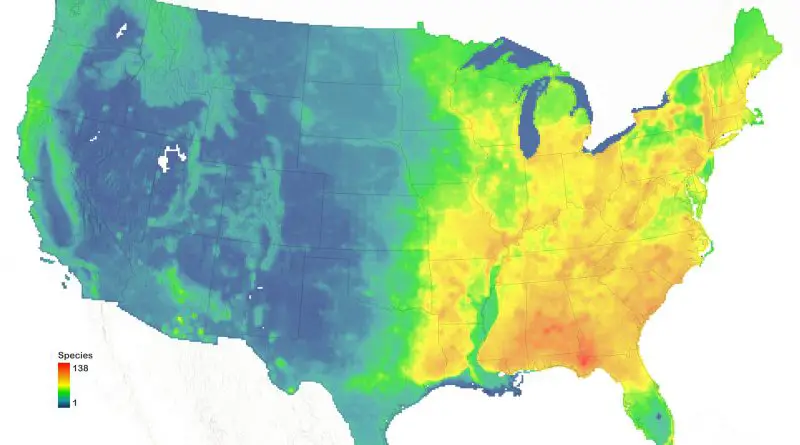The Most Visited States In The United States
Every U.S. state has many and various tourist attractions. However, specific U.S. states have become more popular traveler destinations. The following ten states are the most visited in the United States: California, Florida, Nevada, Texas, New York, Virginia, South Carolina, Arizona, Georgia, Hawaii.
Read More
